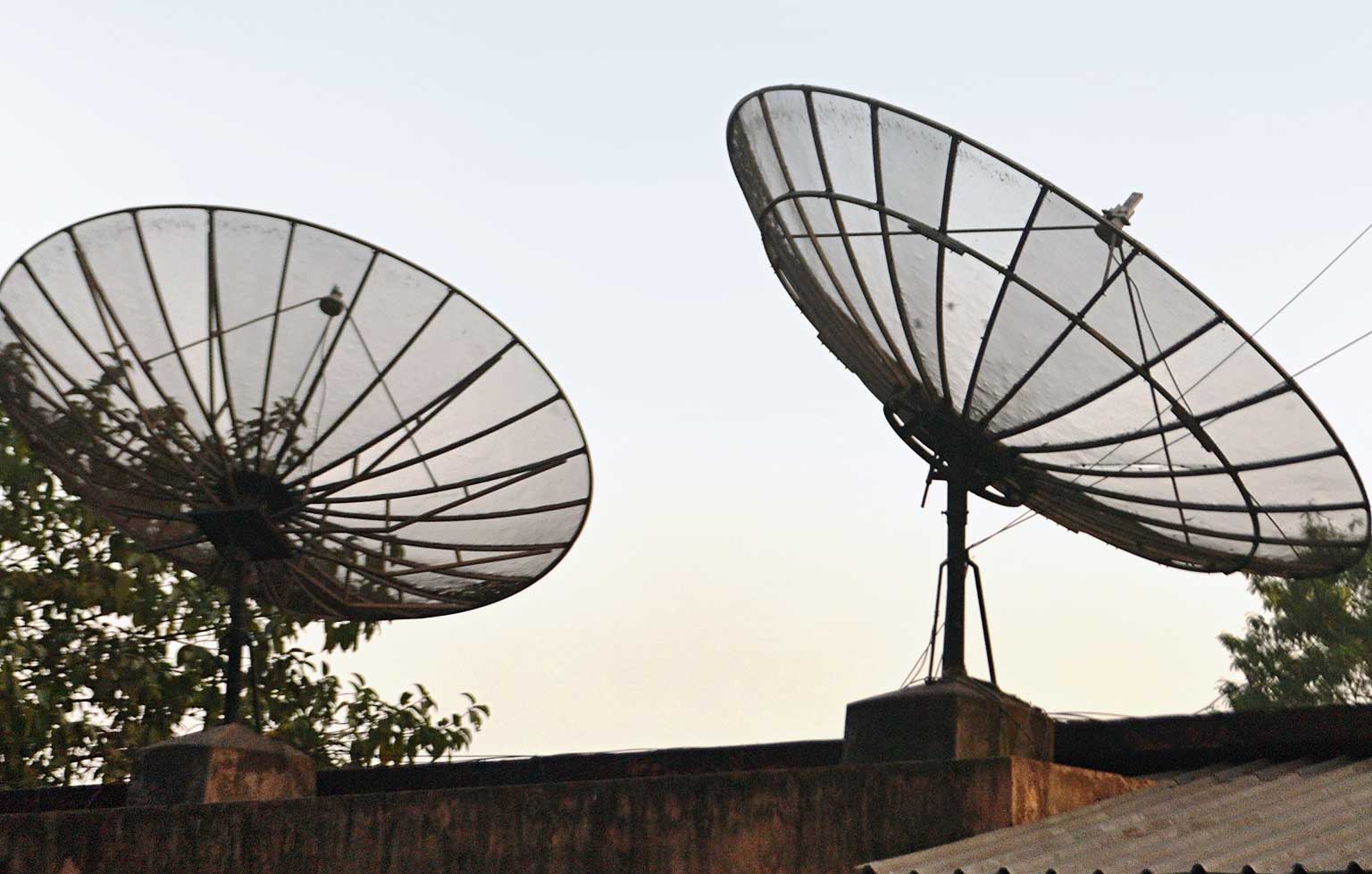The new TV channel billing regime set by Telecom Regulatory Authority of India (TRAI) that rolls out from Friday has left both cable operators and viewers in Jharkhand confused.
TRAI’s cable TV tariff regulations, that are set to forever change the way people watch and pay for programmes, require individual subscribers to choose their channels, apparently so that they pay only for what they see and not for unwanted channels. But it remains unclear if the move will make make subscribers pay more or less.
The deadline for the new order to come in force was till January 31, but hopes of cable operators and multi-system operators (MSOs) for an extension, raised following a stay order of Calcutta High Court on January 29, were dashed on Thursday when TRAI managed to get the stay vacated.
Cable operators across Jharkhand seem ill-prepared for the transition though TRAI secretary R.K. Gupta in a release on Thursday directed district platform operators — who obtain TV channels from broadcasters and send it to consumer directly or through DTH — to formulate transition plans for smooth migration.
“There are subscribers who are yet to exercise their options (choosing their channels),” Gupta said. “To safeguard their interests, the authority has directed the DPOs to formulate a transition plan for smooth migration,” the release says.
The TRAI secretary has clarified that customers are free to chose free-to-air channels and/or pay channels either on à la carte or in the form of bouquet or any combination. If a DTH/cable operator insists on predefined packages or bouquets without providing real choices, subscribers can complain at 0120-6898689 or email das@trai.gov.in.
The TRAI release requests subscribers to contact their service providers and register their choices without delay, as it will enable them to continue watching their favourite channels. Subscribers can change their choices whenever they wish with a maximum lock-in period of a month. Subscribers can also request their DPOs for changes even after choosing any package.
Channel distribution service providers must make every effort to get consumer choice through mobile apps, SMS, website, personal contacts or through local cable operators.
The release has shed light on norms if a subscriber wants additional TV connections too.
“Regulations provide for a capping of Rs 130 as the network fees for 100 standard definition (SD) channels with slabs of additional 25 channels in capping @ Rs 20. The distributor can devise their own plans/tariff within these caps and the regulations do not prohibit offering of discounts or lower network capacity fee for second/additional connections,” the release adds.
A viewer’s payment to the service provider has two components. The first is the network capacity fee (NCF), a rental charge of the connection. The other is the price of the pay channels one chooses.
A viewer has to at least subscribe to a pack of 100 free-to-air channels. Since these channels are free, a viewer only has to pay NCF, which is capped at Rs 130 excluding GST. Levying 18 per cent GST, this adds up to Rs 154 a month. The pack of 100 FTA channels will mandatory include 26 government-run channels.
If one opts for more than 100 channels, he will have to pay extra Rs 20 for every 25 channels along with the MRP of each channel. A GST levy of 18 per cent will be added.
But, most cable operators and subscribers in Ranchi and Jamshedpur sounded clueless on Thursday. Ranchi cable operator Rajesh Sinha, also president of the Jharkhand Cable Operators Association, confessed that they’d hoped for a deadline extension to collect subscriber preferences.”
Subscribers also sounded baffled. “My cable operator told me that the 400 channels we used to watch for Rs 225 per month would now cost us over Rs 600. My son wants to see cartoons, wife soap operas, mother devotional channels and I sports. I understand the TRAI order is about our choice but will it become too costly for a middle-class family to choose?” asked Ritesh Singh, a Tata Steel employee who lives at Sidhgora in Jamshedpur. It’s a question millions of TV viewers are asking.










